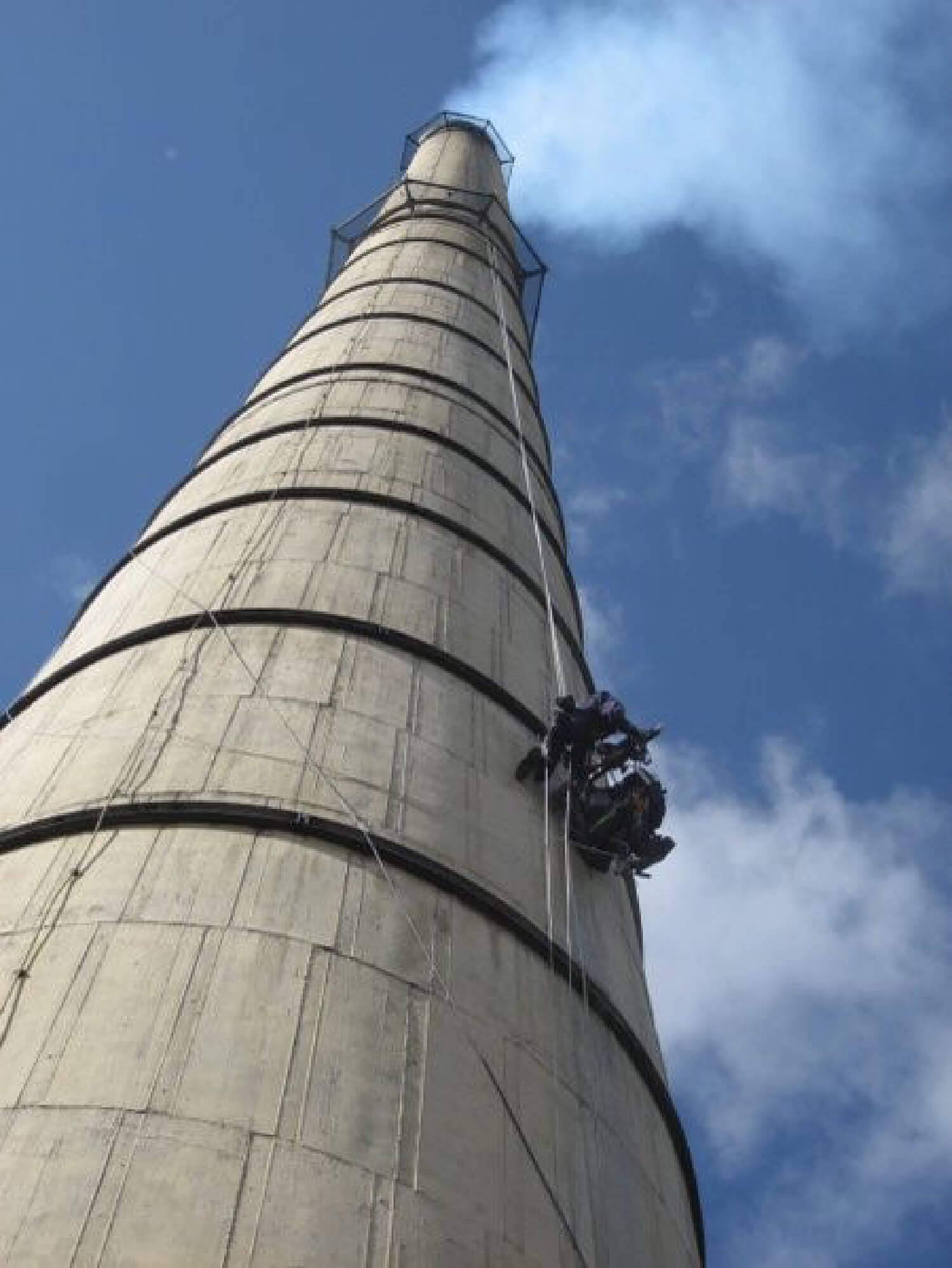Gas Handling Systems
Perhaps the most fundamental parameter to be measured in gas handling systems is the flow rate. Determining the best method for measuring flow rate can be difficult. For low-pressure, non-toxic gas streams the pilot-tube traverse is typically the method of choice. It has been well-researched and is sanctioned by the U.S. Environmental Protection Agency (www.epa.gov/) for most air pollution work.
A benefit of the pilot-tube traverse method is its accuracy. The square root relationship between flow rate and velocity pressure is inherently very forgiving. For example, a 10% error in reading the velocity pressure only results in a 4.9% error in the velocity measurement. Any such measurement errors are further reduced by the test method requirement that velocity pressure be measured at multiple points in the duct.

Measuring Large Power Plant Stacks
In contrast to the inherent accuracy of the use of velocity pressure measurements is the high degree of sensitivity that the method has to the measurement of the duct area. In the case of round ducts, a 10% error in duct diameter measurement results in a 21% error in the reported flow rate. This error is further exacerbated by the fact that the duct diameter is generally a single-point measurement; therefore, an error is not offset by multiple readings.
Further aggravating this situation is the difficulty encountered in measuring a very large stack. A simple and accurate method of measuring a large power plant stack (e.g. 25-foot diameter with a 6-foot wall thickness) is not currently available, even though it is probably the single most important parameter in the flow measurement procedure. In cases such as this, the design drawings should be used for the defining measurement. Contact LDX Solutions to learn more.

